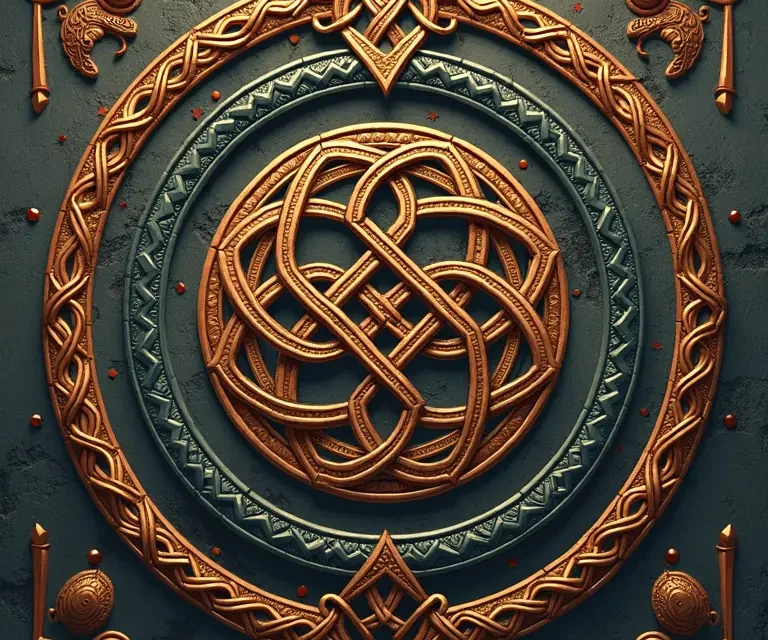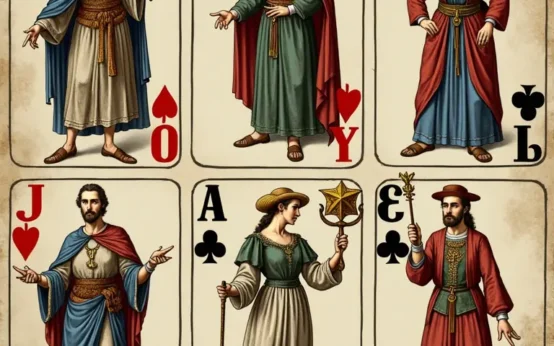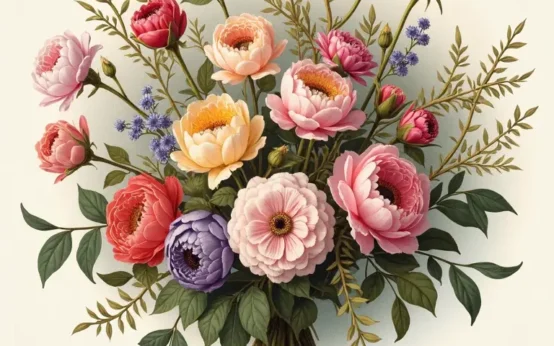Knots. We tie them daily, often without a second thought. They secure our shoes, bind packages, and adorn decorative items. But beyond their practical function, knots have held profound symbolic meaning for cultures across the globe for millennia. This isn’t a case of independent invention leading to coincidental similarities; rather, the symbolism often stems from deeply rooted, universal human understandings of life, death, connection, and the cosmos. This article will explore the surprisingly consistent symbolism of knots, tracing their appearances in diverse cultural traditions and revealing the common threads that bind them together.
The Universal Language of Interconnectedness
At the most fundamental level, a knot represents connection. The act of tying itself is a bringing together, a uniting of separate strands. This inherent quality resonates deeply with the human experience. We are all interconnected – to each other, to our ancestors, to the natural world. Knots visually embody this truth. Consider the metaphor of ‘tying the knot’ in marriage – a perfect illustration of the symbolic union of two lives. But this concept extends far beyond romantic relationships.
Many ancient belief systems viewed the universe as a vast, interconnected web. Knots, therefore, could represent the very fabric of existence, the forces that hold everything together. In Celtic traditions, for example, intricate knotwork, like the famous Celtic knots, weren’t simply decorative. They were believed to represent the eternal interconnectedness of all life, the continuous cycle of birth, death, and rebirth. The unbroken lines symbolize eternity, with no beginning and no end.
Knots as Representations of Time and Eternity
The endless, looping nature of many knot designs naturally lends itself to symbolism relating to time. The lack of a clear beginning or end suggests eternity, the cyclical nature of seasons, and the continuous flow of time. This is particularly evident in cultures with strong cyclical worldviews, where time isn’t perceived as a linear progression but as a repeating pattern.
In ancient Egypt, the tyet (also known as the Knot of Isis) was a crucial symbol. Shaped like an ankh but tied into a knot, it represented life, protection, and the power of Isis to resurrect Osiris. The knot itself wasn’t just a stylistic element; it symbolized the binding together of life and death, and the potential for renewal. Similarly, in Norse mythology, the serpent Jörmungandr encircles Midgard, the realm of humans, creating a cosmological knot that defines the boundaries of the world. Its endless form represents the cyclical nature of existence and the inescapable grip of fate.
Chinese knotting, a sophisticated art form, features numerous knots with specific meanings. The ‘pomegranate knot’ symbolizes fertility and abundance due to the many seeds within a pomegranate. The ‘double knot’ signifies marital happiness and everlasting love. The intricate construction of these knots and the careful selection of colors and materials demonstrate a deep understanding of symbolism and a desire to imbue objects with positive energy.
Knots and Spiritual Protection
Across cultures, knots have been used as protective amulets. The act of tying a knot can be seen as ‘binding’ negative energies or spirits, preventing them from causing harm. This protective function is often linked to the idea of creating a barrier or a ward against evil influences.
In Japanese culture, awaji-ryu knots are traditionally used in Shinto ceremonies and are believed to ward off evil spirits. These knots, often made from braided cords, are carefully tied and imbued with ritual significance. The act of tying the knot is as important as the knot itself, representing a focused intention to create protection. Similarly, in many indigenous cultures of the Americas, knots are incorporated into dreamcatchers, believed to filter out bad dreams and allow only good dreams to pass through.
The use of knots in magical practices is widespread. Witches and practitioners of folk magic often employ knot magic, where knots are tied while focusing on a specific intention. The belief is that the knot ‘holds’ the energy of the intention, manifesting it in the physical world. The type of knot used, the color of the cord, and the timing of the ritual all contribute to the potency of the magic.
Knots, Memory, and Record-Keeping
Before the advent of writing, knots served as a form of record-keeping in various cultures. The Inca civilization famously used quipu – complex arrangements of knotted strings – to record numerical data, historical events, and even narratives. The type of knot, its placement on the string, and the color of the string all held specific meanings. While the full extent of quipu literacy is still debated, it’s clear they were a sophisticated system for preserving and transmitting information.
Similarly, in some Polynesian cultures, knots were used to create memory aids and to record genealogies. Each knot might represent an ancestor or a significant event in the family history. The tying of the knots wasn’t simply a mechanical act; it was a ritualistic performance that reinforced collective memory and maintained cultural continuity. This connection between knots and memory highlights the human desire to preserve the past and to pass on knowledge to future generations.
Knots in Religious and Philosophical Contexts
The symbolism of knots extends into numerous religious and philosophical traditions. In Buddhism, the endless knot, also known as the ‘shrivatsa,’ represents the cyclical nature of existence, the interconnectedness of all phenomena, and the union of wisdom and compassion. It’s a common motif in Tibetan Buddhist art and is often used as a symbol of good luck and prosperity.
In Hinduism, knots can represent the chakras, the energy centers within the body. Specific knots might be associated with specific chakras, and their manipulation through practices like yoga and meditation is believed to unlock spiritual potential. The idea of ‘untangling’ knots can also be seen as a metaphor for overcoming obstacles and achieving enlightenment.
The Kabbalah, a mystical branch of Judaism, uses knotting techniques to explore the divine attributes and the relationship between the finite and the infinite. The ‘knot of the three’ represents the unification of the three sephirot (divine emanations) and symbolizes the power of creation. These esoteric interpretations demonstrate the depth and complexity of knot symbolism within religious frameworks.
Cultural Variations and Shared Themes
While the core symbolism of knots – connection, eternity, protection, memory – remains remarkably consistent across cultures, the specific expressions and interpretations vary. The materials used to create knots, the colors employed, and the techniques utilized all contribute to unique cultural nuances.
For example, Celtic knotwork often features intricate interlacing patterns, reflecting the Celtic love of ornamentation and their belief in the interconnectedness of nature. Chinese knotting, on the other hand, emphasizes symmetry and balance, reflecting Confucian ideals of harmony and order. Japanese knots tend to be more minimalist and refined, reflecting the aesthetic principles of Zen Buddhism.
Despite these differences, the underlying themes remain remarkably similar. The act of tying a knot, regardless of the cultural context, is almost always imbued with meaning and intention. Whether it’s a simple overhand knot used for practical purposes or an elaborate knotwork design used for religious ceremonies, the knot serves as a powerful symbol of human creativity, spirituality, and the enduring quest for meaning.
The Enduring Appeal of Knots
The continued fascination with knots in contemporary art, design, and popular culture suggests that their symbolic resonance hasn’t diminished over time. From macrame wall hangings to intricate jewelry designs, knots continue to captivate and inspire. Perhaps this is because the symbolism of knots taps into something deeply primal within us – a recognition of the interconnectedness of all things and a desire to create order and meaning in a chaotic world.
The study of knot symbolism offers a fascinating window into the human psyche and the shared cultural heritage of humanity. It demonstrates that despite our diverse backgrounds and beliefs, we are all bound together by common threads – metaphorical threads, perhaps, but threads nonetheless.
Further exploration into related areas might include the patterns found in folk music, which similarly reveal universal human tendencies, or the universality of humor. The meticulous craftsmanship of historical objects, such as antique keys and locks, also demonstrates a similar attention to symbolic detail. Finally, exploring the artistry of shadow puppetry or the roots of fortune telling can provide further insight into the ways humans seek meaning and connection through symbolic expression.


 The Surprisingly Consistent Symbolism of Antique Fans – Language, Status & Victorian Courtship
The Surprisingly Consistent Symbolism of Antique Fans – Language, Status & Victorian Courtship  The Surprisingly Consistent Symbolism of Antique Mourning Jewelry: Tokens of Remembrance & Victorian Grief
The Surprisingly Consistent Symbolism of Antique Mourning Jewelry: Tokens of Remembrance & Victorian Grief  The Unexpectedly Precise History of Barbering: From Sacred Ritual to Modern Style
The Unexpectedly Precise History of Barbering: From Sacred Ritual to Modern Style  The Surprisingly Consistent Symbolism of Early Playing Cards – A History of Suits, Numbers & Hidden Meanings
The Surprisingly Consistent Symbolism of Early Playing Cards – A History of Suits, Numbers & Hidden Meanings  The Unexpectedly Global History of Chopsticks: Culture, Etiquette & Engineering
The Unexpectedly Global History of Chopsticks: Culture, Etiquette & Engineering  The Hidden Language of Flowers: Victorian Floral Communication & Its Modern Echoes
The Hidden Language of Flowers: Victorian Floral Communication & Its Modern Echoes